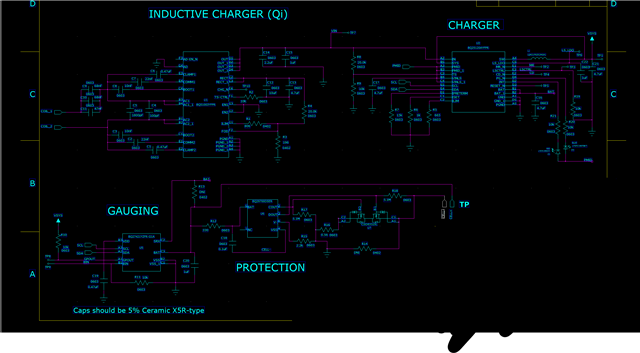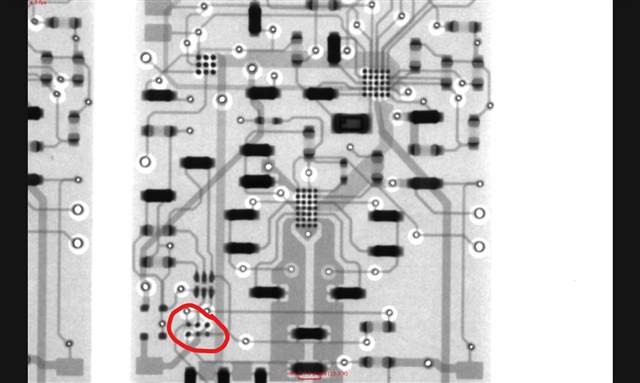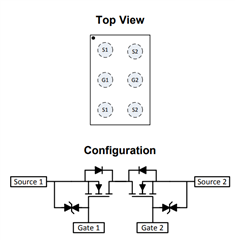Other Parts Discussed in Thread: TIDA-00712, , BQ25120, CSD83325L
I have made a circuit design that very closely mimics the TIDA-00712 reference design. Long story short, my battery is always connected to the circuit and I am seeing the battery drop to levels as low as 1.5V after a week of non-use. This is not what I believe the expected behaviour is.
When the battery is outside of the normal operating range (i.e. below 2.8V for BQ29700), I see 40 uA constantly being drained from the battery. According to the specs for BQ29700, the IC has a current pull of ~4 uA in Normal mode and 0.1 uA in lower power mode. I would like help in understanding where the extra current drain is coming from.
I have attached my schematic for  reference, and can attach the PCB layout as well if needed.
reference, and can attach the PCB layout as well if needed.




